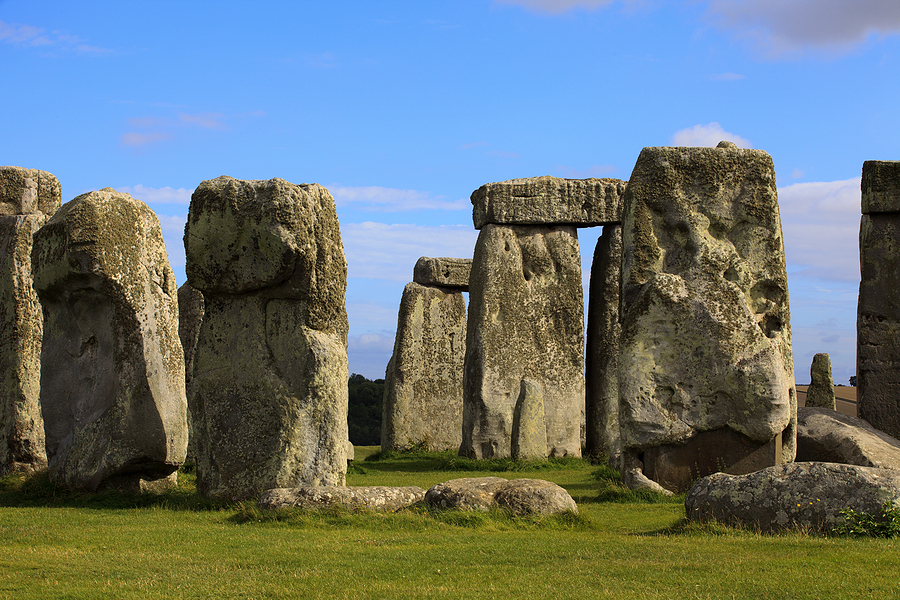The ancient Stonehenge monument on Salisbury Plain is undergoing repair work for the first time in over 60 years, the BBC reports. Deep cracks and holes have appeared in the lintels, and hard concrete which was used for repairs in the 1950s is deteriorating. English Heritage are carrying out the project to ensure the stones endure for future generations.
Specialist conservation engineers will replace the concrete with a breathable lime mortar, which will be less prone to cracking and breaking. While some of the holes in the stones have appeared as a result of natural wear and tear, the damage has been exacerbated by the more extreme weather conditions caused by climate change.
Senior curator Heather Sebire said: “Stonehenge is unique among stone circles by virtue of its lintels and the special joints used to secure the lintels in place. Four and a half thousand years of being buffeted by wind and rain has created cracks and holes in the surface of the stone, and this vital work will protect the features which make Stonehenge so distinctive.”
The Guardian reports that stone number 122 fell over and cracked in 1900, and it was stuck back together with concrete in 1959, and hauled upright. However, laser scans of the stone revealed that the concrete mortar is now breaking up and falling out. Engineers will carefully dig the concrete out and replace it with lime mortar.
The laser scans also revealed problems with many of the other stones, caused by torrential rain forming puddles, and baking hot sun drying them out. The restoration work will be carried out from a movable scaffolding tower, to avoid covering the whole monument, and to allow visitors to see the workers in action.
To mark the once-in-a-generation restoration, Royal Mint have produced a special commemorative 2021 coin which will be placed in the mortar, to honour a tradition that began during the previous repair works. In 1958, eight-year-old Richard Woodman-Bailey, the son of the chief architect for ancient monuments, placed a halfpenny under a stone.
Mr Woodman-Bailey, now 71,has been invited back by English Heritage to place a newly-minted £2 coin featuring Britannica in the new mortar. The design was chosen because it has been appearing on British coins for over 2,000 years.
Meanwhile, further repair works have been carried out at a historic site in Chester, where cracks were found in the Grade I listed City Walls Bridge, The Standard reports. The work took eight months and is now completed. Specialist lime mortar was used to bond the breaks in the parapet structure together.
Engineers found that the parapet coping stones had been repaired with concrete over the years, rather than the original slate. The concrete was removed and replaced with new slate, to ensure the work was sympathetic to the original materials and appearance of the bridge.
Cheshire West and Chester Council’s Bridges and Structures team arranged for the work to be carried out. Since 2009, the council have spent over £7m on projects to restore and maintain the City Walls.
If you are looking for concrete waterproofing systems, please get in touch today.

